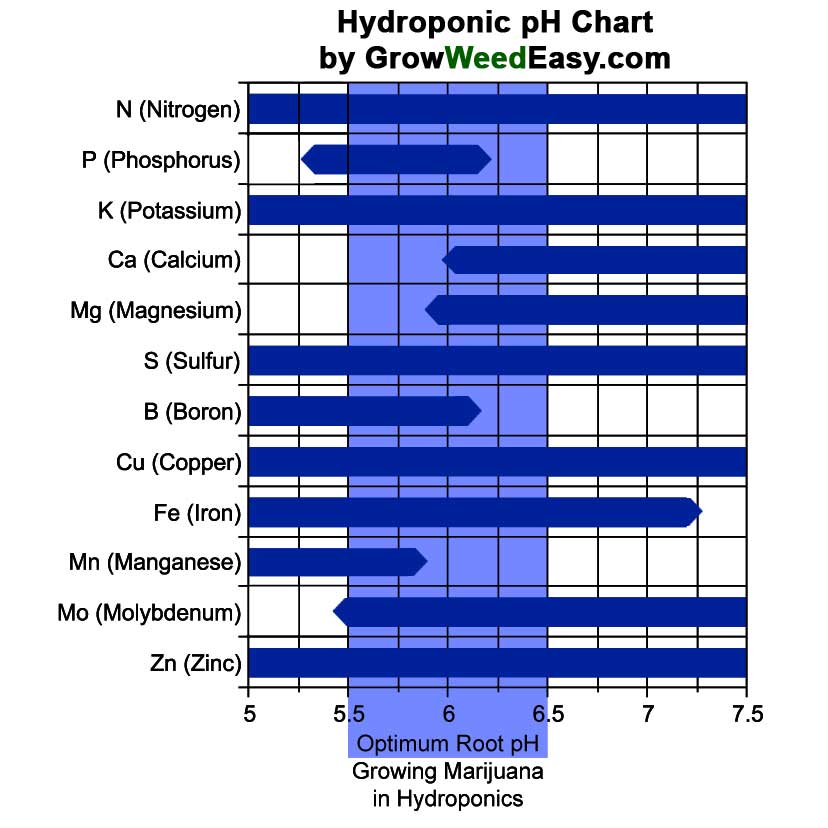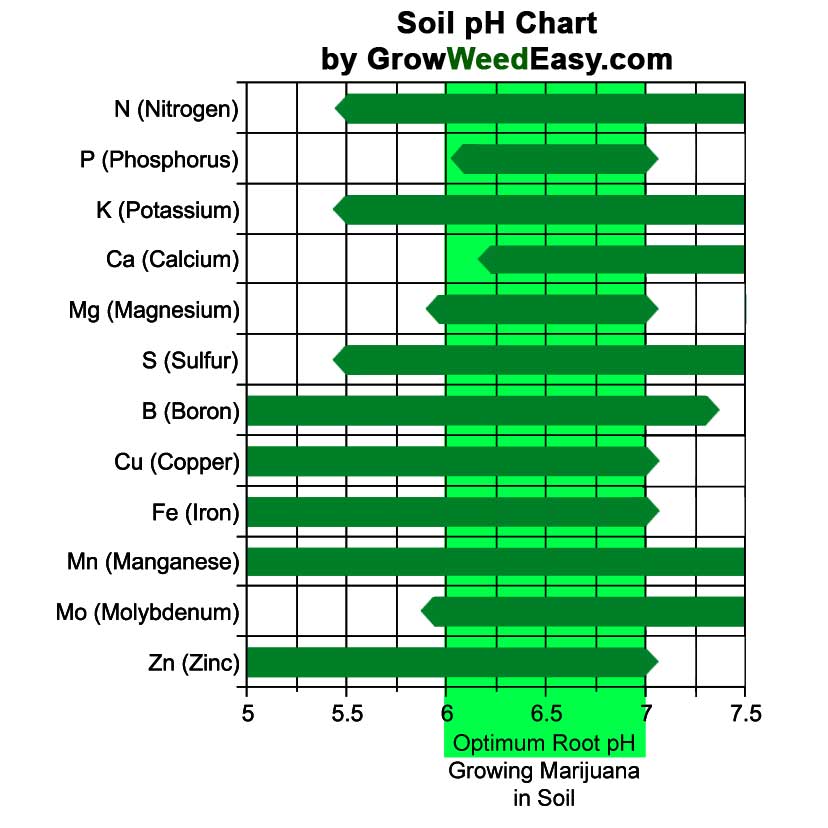Ibechillin
Masochist Educator
Please read all of the thread before commenting!
ive seen alot of people mention wider is better when it comes to pots, and some people say just use bigger holes/pots with more soil and want to hear what peoples experiences have been. From what I understand feeder roots reside in the top 12" of the soil and travel outward. So is there really any reason to plant in a taller container if i can watch them and feed/water as they need it?
Im using a 100 gallon fabric pot now 38" diameter and 20" tall. Wanted to get some thoughts/opinions on using the Big Bad Beds vs doubling my expenses using 200 gallon pots next season?
200 gallon smart pot is 50" diameter and 24" tall. Uses double the soil, double the nutrients and water.
Big Bad Beds, they are 50" diameter and 12" tall and hold 100 gallons of soil.

ive seen alot of people mention wider is better when it comes to pots, and some people say just use bigger holes/pots with more soil and want to hear what peoples experiences have been. From what I understand feeder roots reside in the top 12" of the soil and travel outward. So is there really any reason to plant in a taller container if i can watch them and feed/water as they need it?
Im using a 100 gallon fabric pot now 38" diameter and 20" tall. Wanted to get some thoughts/opinions on using the Big Bad Beds vs doubling my expenses using 200 gallon pots next season?
200 gallon smart pot is 50" diameter and 24" tall. Uses double the soil, double the nutrients and water.
Big Bad Beds, they are 50" diameter and 12" tall and hold 100 gallons of soil.

Last edited:





